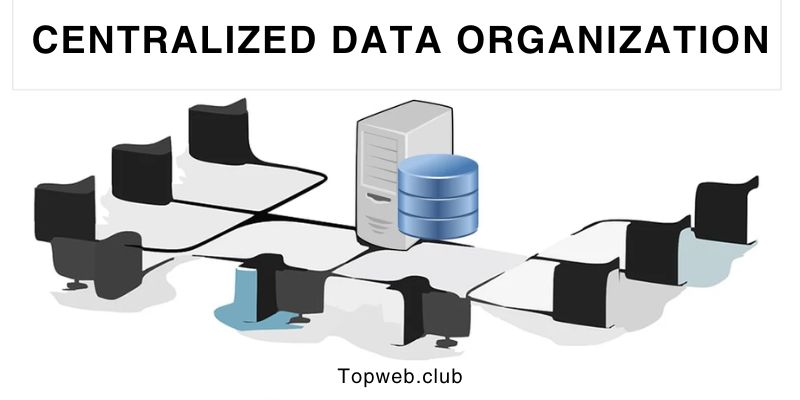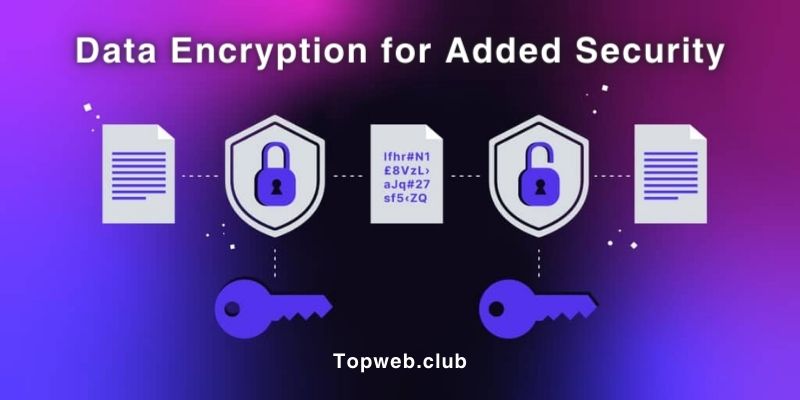In today’s dynamic business landscape, industries ranging from manufacturing and construction to energy and beyond are increasingly relying on advanced technologies to enhance operational efficiency. One such technological boon that has gained prominence is inspection data management software. This software plays a pivotal role in revolutionizing the way organizations collect, organize, and analyze inspection data, fostering a more streamlined and proactive approach to quality assurance and compliance.
I. Introduction to Inspection Data Management Software
Inspection data management software is a robust solution designed to simplify and enhance the entire inspection process. Its multifaceted capabilities encompass data collection, organization, analysis, and reporting, making it an indispensable tool for industries where meticulous scrutiny of processes and assets is paramount.
A. Data Collection Capabilities
At the heart of any inspection data management software is its ability to facilitate seamless data collection. Through customizable forms and templates, inspectors can efficiently record relevant information during inspections. This software often extends its reach to the field, offering mobile accessibility that empowers inspectors to input data in real-time, reducing delays and ensuring data accuracy.
B. Centralized Data Organization
A key strength of inspection data management software lies in its centralized database. All inspection data, regardless of its source or the personnel involved, finds a unified home. This centralized repository ensures easy access to historical data, fostering better decision-making and comprehensive trend analysis. The software also allows for categorization and tagging, enabling users to retrieve specific sets of data with ease.

C. Advanced Data Analysis and Reporting
The analytical prowess of inspection data management software goes beyond basic data storage. Built-in analytics tools empower organizations to extract meaningful insights from inspection data. Users can identify trends, patterns, and potential areas of improvement. Custom reports, tailored to specific criteria, offer a detailed overview of inspection outcomes, aiding in strategic planning and decision-making processes.
II. Integration for Seamless Operations
A. Integration with Other Systems
For holistic operational efficiency, inspection data management software often integrates seamlessly with other enterprise systems. This integration can include connections with asset management, maintenance, and enterprise resource planning (ERP) systems. By breaking down silos between different functions, organizations achieve a more synchronized and streamlined workflow.
B. API Support for Customization
The flexibility of inspection data management software is further enhanced by its support for Application Programming Interfaces (APIs). APIs enable organizations to customize and extend the functionality of the software, integrating it with third-party tools or adapting it to unique operational needs. This ensures that the software remains adaptable to the evolving requirements of the organization.
III. Compliance Assurance and Audit Trail
A. Compliance Management Features
In industries governed by stringent regulations and standards, compliance is non-negotiable. Inspection data management software includes features that ensure inspections adhere to regulatory standards and industry requirements. This compliance management functionality not only reduces the risk of regulatory violations but also instills confidence in stakeholders regarding the organization’s commitment to quality and safety.
B. Detailed Audit Trails for Accountability
An audit trail is a cornerstone of reliable inspection data management. The software meticulously records all changes made to inspection data, creating a detailed and transparent history of actions taken. This audit trail serves as a powerful tool for accountability, allowing organizations to trace the evolution of inspection data, identify responsible parties, and address any discrepancies or concerns promptly.

IV. Workflow Automation for Efficiency
A. Task Assignment Automation
Workflow automation is a key feature that sets inspection data management software apart. The software automates the assignment of tasks to inspectors or relevant personnel based on predefined criteria. This not only saves time but also ensures that inspections are conducted by the most qualified individuals, minimizing the risk of oversights and errors.
B. Automated Notifications for Proactive Management
To further enhance operational efficiency, inspection data management software incorporates automated notifications. These alerts serve as proactive reminders for upcoming inspections, overdue tasks, or critical issues that require immediate attention. By automating these communication processes, organizations can foster a culture of responsiveness and prevent potential bottlenecks.
V. User Access and Security Measures
A. Role-Based Access Control
User access control is paramount to safeguarding sensitive inspection data. Inspection data management software includes role-based access control, ensuring that users have access only to the information relevant to their roles. This feature enhances data security, protecting against unauthorized access and potential data breaches.
B. Data Encryption for Added Security
In addition to access controls, inspection data management software often employs data encryption measures. This added layer of security ensures that even if unauthorized access is attempted, the data remains protected and confidential. This is especially crucial in industries where proprietary information and sensitive data are at the core of operations.

VI. Scalability to Accommodate Growth
As organizations grow and evolve, their data management needs also expand. Inspection data management software is designed to scale alongside the organization, accommodating increasing volumes of inspection data and adapting to changing requirements. This scalability future-proofs the investment in the software, making it a sustainable solution for long-term operational excellence.
VII. Offline Functionality for Diverse Environments
In industries where inspections often occur in remote or challenging environments with limited internet connectivity, offline functionality becomes crucial. Inspection data management software offers the ability to collect data in the absence of a stable internet connection, ensuring that inspections can be conducted in diverse and geographically dispersed locations.
VIII. User-Friendly Interface for Intuitive Operation
A. Intuitive Design for Seamless User Experience
The effectiveness of inspection data management software hinges on user adoption. To encourage widespread use, these tools are equipped with intuitive designs, ensuring a seamless user experience. The user-friendly interface minimizes the learning curve, enabling inspectors and other personnel to navigate the software effortlessly and leverage its capabilities effectively.
IX. Noteworthy Inspection Data Management Software Solutions
Several inspection data management software solutions stand out in the market, each offering unique features to cater to specific industry needs. IBM Maximo, InspectionXpert, and Penta Technologies are among the prominent solutions that organizations consider to elevate their inspection processes. The choice of software ultimately depends on the specific requirements and nuances of each organization.
X. Conclusion: A Revolution in Inspection Practices
In conclusion, inspection data management software stands as a revolutionary force in transforming how organizations approach inspections. By providing a comprehensive suite of tools for data collection, organization, analysis, and reporting, this software empowers industries to elevate their quality assurance processes. From compliance management to workflow automation, the features embedded in inspection data management software contribute to a more efficient, proactive, and secure operational environment.
As industries continue to evolve and embrace digital transformation, the adoption of inspection data management software emerges as a strategic imperative. The 11 instances of inspection data management software throughout this article underscore its centrality in reshaping inspection practices and driving excellence in operational outcomes.